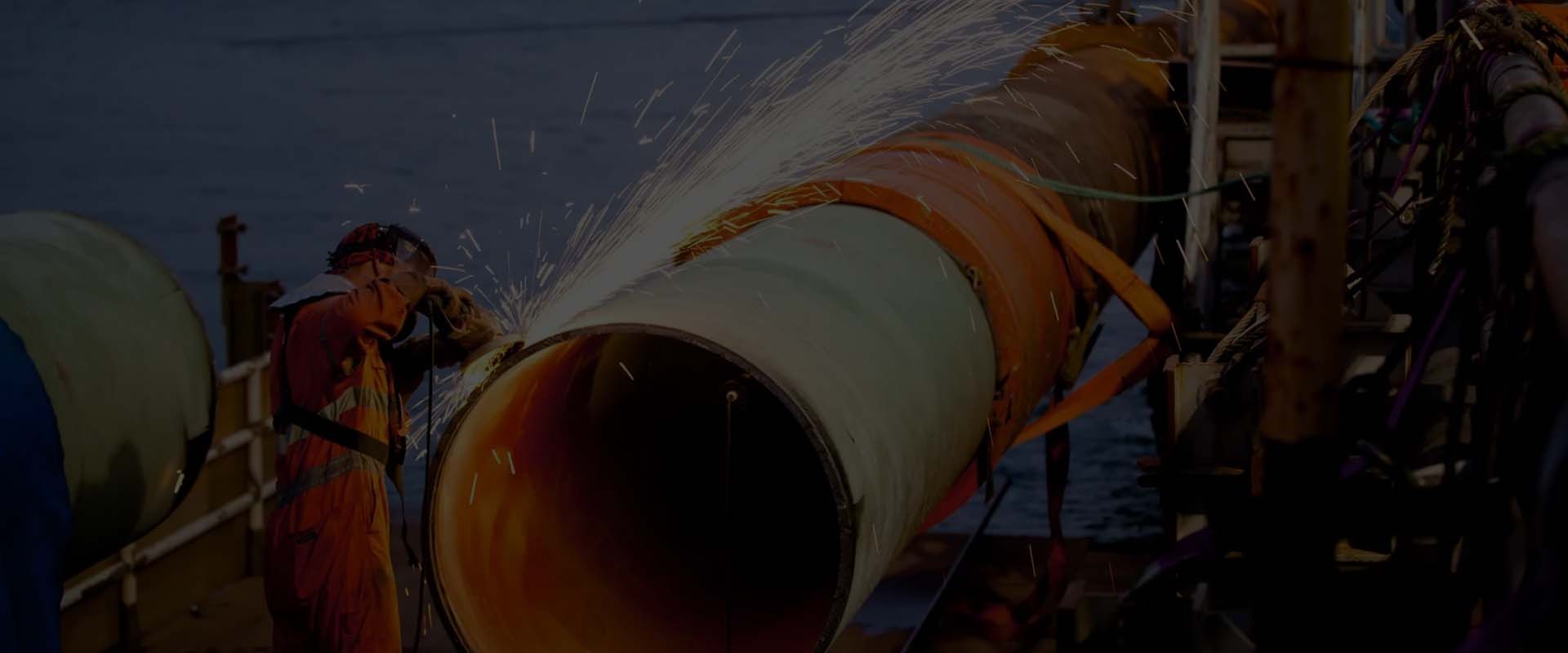- Industrial zone, South of Anping Town, Hengshui, Hebei, China.
- sales@hfpetromesh.com
- +86-18931809706
Traffic Rated Trench Drain Grates - Durable and Efficient Solutions
Understanding Traffic-Rated Trench Drain Grates Essential Considerations for Efficient Drainage Solutions
In modern infrastructure, effective drainage systems are crucial for managing excess water, preventing flooding, and ensuring safety on roadways and public spaces. One of the most efficient solutions is the installation of trench drains, accompanied by appropriate grates designed to handle varying traffic loads. Among these, traffic-rated trench drain grates play a pivotal role in maintaining functionality while accommodating the needs of high-traffic areas.
What Are Traffic-Rated Trench Drain Grates?
Traffic-rated trench drain grates are specifically engineered covers designed for trench drains installed in locations subject to vehicular traffic. These grates are vital in ensuring that water can flow freely through the drainage system while also providing a safe surface for vehicles to drive over. Ratings typically indicate the load-bearing capacity of the grate, ensuring that it can withstand specific weight limits, often classified under various standards, such as A15, B125, C250, or D400, depending on the expected load and usage.
Importance of Load Ratings
Understanding load ratings is essential when selecting trench drain grates. Each rating correlates with a specific maximum load capacity. For instance, an A15 rating is suitable for pedestrian traffic or areas with minimal load, such as residential sidewalks. In contrast, higher ratings like D400 are appropriate for heavy-duty applications, including highways or industrial areas where heavy trucks frequently traverse.
Choosing the correct load rating is critical to prevent premature failures, which can lead to costly repairs and pose safety hazards. When selecting a grate, considerations like the environment in which it will be installed, the expected vehicular traffic, and maintenance requirements are paramount.
traffic rated trench drain grates

Materials and Design Options
Trench drain grates come in various materials, including cast iron, stainless steel, aluminum, and polymer compounds. The choice of material not only influences the aesthetic appeal of the installation but also its durability and resistance to environmental factors. For example, cast iron grates offer robust strength and longevity, while polymer grates are often used for their lightweight nature and corrosion resistance.
The design of the grate is equally vital; options include slotted, perforated, or bar designs, each impacting water flow rates and debris filtration. An effective design will balance openness for drainage with safety and stability for vehicular use.
Installation and Maintenance Considerations
Proper installation of trench drains and their associated grates is critical for optimal performance. Ensuring that the trench is correctly graded and that the grate is securely fitted prevents water pooling and reduces the risk of accidents. Additionally, regular maintenance is required to keep the drains clear of debris and to inspect the grates for wear and tear. Neglecting maintenance can lead to clogs, reduced drainage efficiency, and safety hazards.
Conclusion
In conclusion, traffic-rated trench drain grates are essential components of effective drainage systems in high-traffic areas. Understanding their load ratings, materials, and design options, as well as ensuring proper installation and maintenance, is key to enhancing the functionality and safety of these systems. As infrastructure continues to evolve, selecting the right trench drain grates will be a vital aspect of ensuring efficient water management and protecting public safety. Investing in quality drainage solutions today not only addresses current needs but lays the groundwork for sustainable infrastructure in the future.
-
The Power of Pyramid Shaker Screen - A 3-Dimensional SolutionNewsOct.24,2024
-
Exploring the Versatility and Durability of Steel GratingNewsOct.24,2024
-
Revolutionizing Drilling Efficiency with Steel Frame Shaker Screens for Mud Shale ShakersNewsOct.24,2024
-
Potential of Shale Shaker ScreensNewsOct.24,2024
-
Offshore Pipeline Counterweight Welded Mesh - Reinforced Mesh in Marine EngineeringNewsOct.24,2024
-
Revolutionizing Offshore Pipeline Stability with Concrete Weight Coating MeshNewsOct.24,2024
